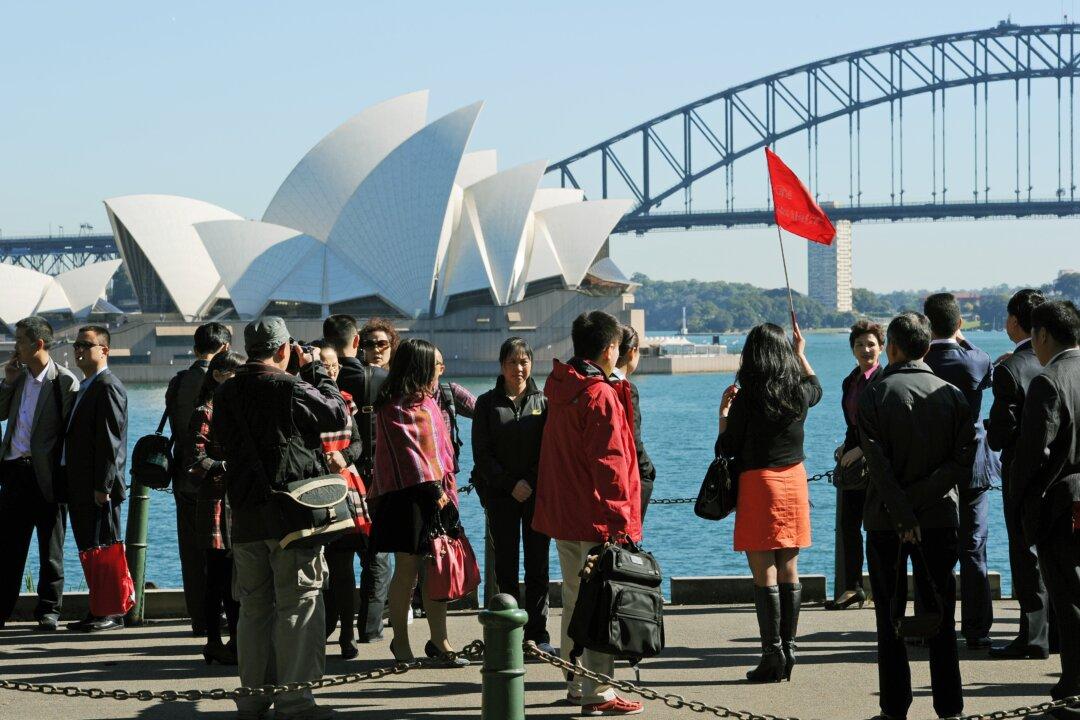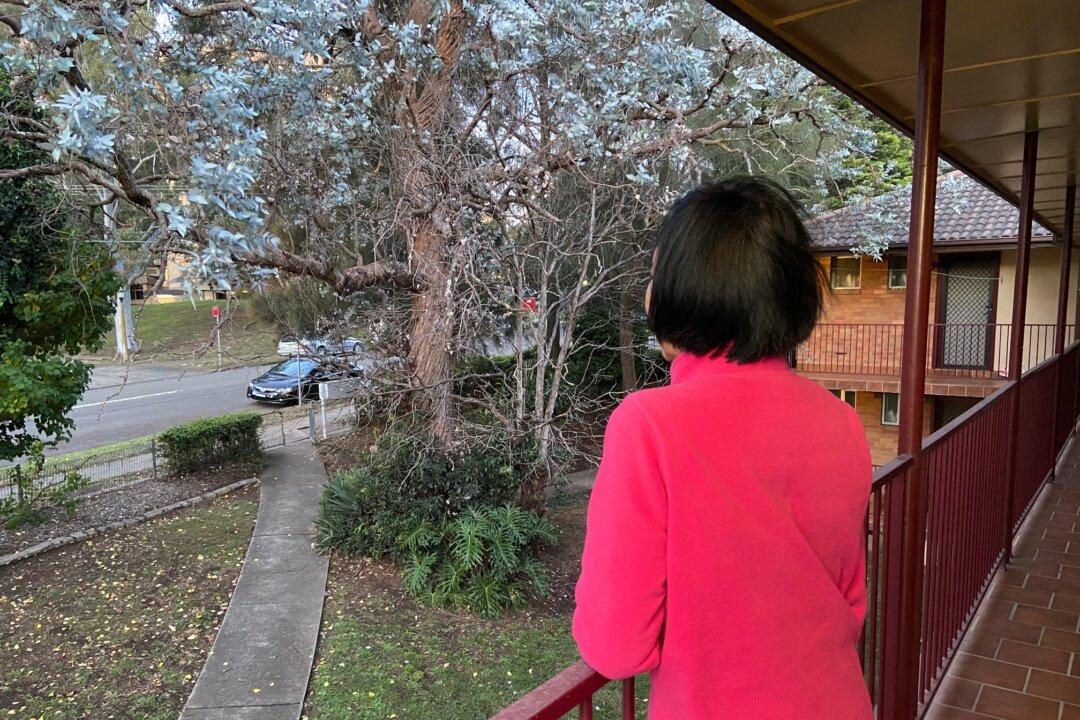Australia should make efforts to attract travellers from its more traditional markets to make up for the increasing decline in tourists from China, the country’s economists argue.
Word-of-mouth advertising and repeat visits are key drivers for international tourism in Australia, new research from Charles Darwin University (CDU) and Griffith University has found, with the study recommending that the Australian tourism industry make efforts to reengage with traditional tourism markets, such as Japan, Indonesia or India.




